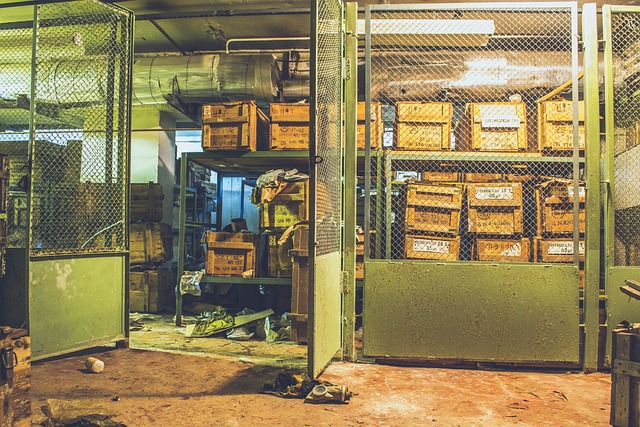Photography is more than just capturing a moment; it’s about capturing emotion, storytelling, and expressing one’s unique perspective. With each click of the camera, a photographer aims to convey feelings that resonate with viewers. However, even the most skilled photographers may find that their raw images require a little extra finesse to fully encapsulate their vision. This is where Photoshop steps in as an invaluable tool in the art of photo editing.
Imagine walking through a vibrant landscape, your camera in hand, as you seek the perfect shot. The light dances through the trees, casting enchanting shadows, and you skillfully adjust your settings. Yet, when you view the photograph afterward, you notice elements that detract from its potential. Maybe the colors lack vibrancy, an object in the background disrupts the flow, or the exposure feels off. With Photoshop, these imperfections can be transformed into a stunning visual narrative.
Photoshop is not just a software; it’s an extension of a photographer’s creativity and imagination. The array of tools at your disposal allows for advanced editing techniques that can elevate your images to new heights. From simple adjustments like brightness and contrast to more complex manipulations involving layers and masks, Photoshop empowers photographers to mold their photographs into captivating pieces of art.
One of the most powerful features in Photoshop is its ability to enhance images through color correction. The optics of your camera may capture a scene that appears muted, but with just a few clicks in Photoshop, you can adjust hues and saturation, making the image burst with life. Imagine a sunset photograph with dull oranges and pinks; with a little tinkering, you can create an awe-inspiring spectacle that reflects the true beauty you witnessed in that moment.
The process extends beyond mere color adjustments. Photoshop offers the functionality to remove distractions, allowing the main subject to shine unencumbered. A stray branch or a power line ruining a perfectly composed shot can easily be eliminated, ensuring that viewers focus on what truly matters. This meticulous attention to detail is what sets apart a good photograph from a breathtaking one.
Moreover, Photoshop provides photographers with the facility to explore creative options through layers. By utilizing this feature, you can combine elements from various images into a seamless composition. Whether you wish to overlay textures, create surreal landscapes, or even merge portraits with captivating backgrounds, Photoshop offers a playground for your imagination to run wild.
As you embark on your photo editing journey, remember that Photoshop is a tool that should be embraced with a pinch of caution. Mastering it takes time, and experimentation can lead to remarkable discoveries. There’s no right or wrong when it comes to editing; it’s about finding your unique style and conveying your artistic intent. Each image edited enhances your skills and hones your understanding of optics, light, and composition.
Whether you’re a beginner with just a handful of photos to edit or a seasoned photographer with extensive experience, gradually integrating Photoshop into your workflow will yield satisfying results. The journey of mastering photo editing is deeply rewarding, as it allows you to tell your story more compellingly and artistically. The right edits can turn a simple snapshot into a mesmerizing work of art, evocative of the moments that inspired them.
So grab your camera, engage with your surroundings, and embrace the world of photography. When it’s time to refine your images, remember that with Photoshop, you have the power to transform them into exquisite representations of your vision.


